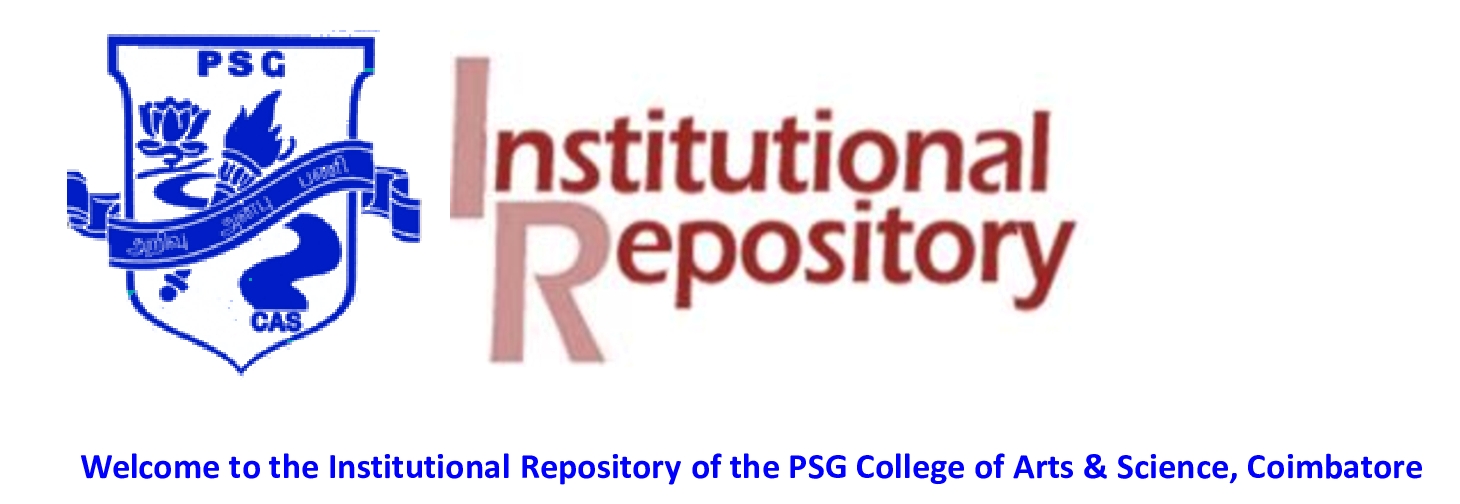Thamaraikannan, N and Manju, S (2023) A Novel Densenet-324 Densely Connected Convolution Neural Network for Medical Crop Classification using Remote Sensing Hyperspectral Satellite Images. A Novel Densenet-324 Densely Connected Convolution Neural Network for Medical Crop Classification using Remote Sensing Hyperspectral Satellite Images, 11 (8). pp. 628-638. ISSN 2321-8169
A Novel Densenet-324 Densely Connected Convolution Neural Network for Medical Crop Classification using Remote Sensing Hyperspectral Satellite Images.pdf - Published Version
Download (781kB)
Abstract
In the past few decades, importance of the medicinal Crops is extending to a large extent due to its benefits in treating life-threatening diseases. Medicinal Crop has excellent medicinal properties on its roots, stem, and leaves to prevent human and animal health. Particularly detection and identification of the Crop classes are effectively carried out using hyperspectral images as discrimination of the target feature or objects is simple and it contains rich information containing the spatial and temporal details of underlying the land cover. However, Crop classification using machine learning architectures concerning spectral characteristics obtained on the anatomical features and morphological features. Extracted features towards classification lead to several challenges such as large spatial and temporal variability and spectral signatures similarity between different objects. A further hyperspectral image poses several difficulties with changes in illumination, environment, and atmospheric aspects. To tackle those non-trivial challenges, DenseNet-324 Densely Connected convolution neural network architecture has been designed in this work to discriminate the crop and medical Crop effectively in the interested areas. Initially, the Hyperspectral image is pre-processed against a large number of noises through the employment of the noise removal technique and bad line replacement techniques. Pre-processed image is explored to image segmentation using the global thresholding method to segment it into various regions based on spatial pieces of information on grouping the neighboring similar pixels intensity or textures. Further regions of the image are processed using principle component analysis to extract spectral features of the image. That extracted feature is employed to ant colony optimization technique to obtain the optimal features. Computed optimal features are classified using Convolution Neural Network with a hyper parameter setup. The convolution Layer of the CNN architecture process spatial, temporal, and spectral feature and generates the feature map in various context, generated feature map is max pooled in the pooling layer and classified into crops and medicinal Crop in the SoftMax layer. Experimental analysis of the proposed architecture is carried out on the Indiana Pines dataset using cross-fold validation to analyze the representation ability to discriminate the features with large variance between the different classes. From the results, it is confirmed that the proposed architecture exhibits higher performance in classification accuracy of 98.43% in classifying the Crop species compared with conventional approaches.
| Item Type: | Article |
|---|---|
| Uncontrolled Keywords: | Remote Sensing, Hyperspectral Images, Medical Crops, Deep learning, Global Threshold Segmentation, Principle Component Analysis, Ant colony Optimization, Convolution Neural Network |
| Divisions: | PSG College of Arts and Science > Department of Computer Science |
| Depositing User: | Dr. B Sivakumar |
| Date Deposited: | 03 Sep 2024 04:51 |
| Last Modified: | 03 Sep 2024 04:51 |
| URI: | https://ir.psgcas.ac.in/id/eprint/2190 |

